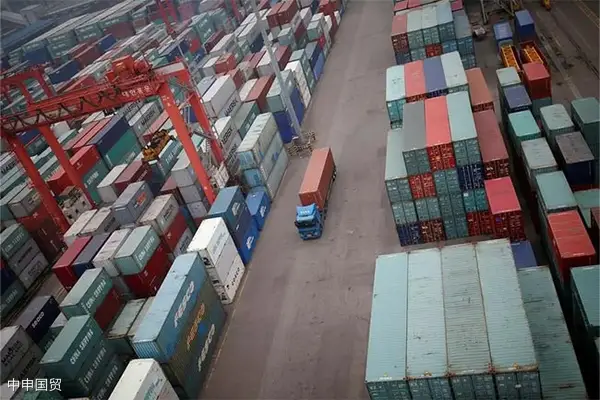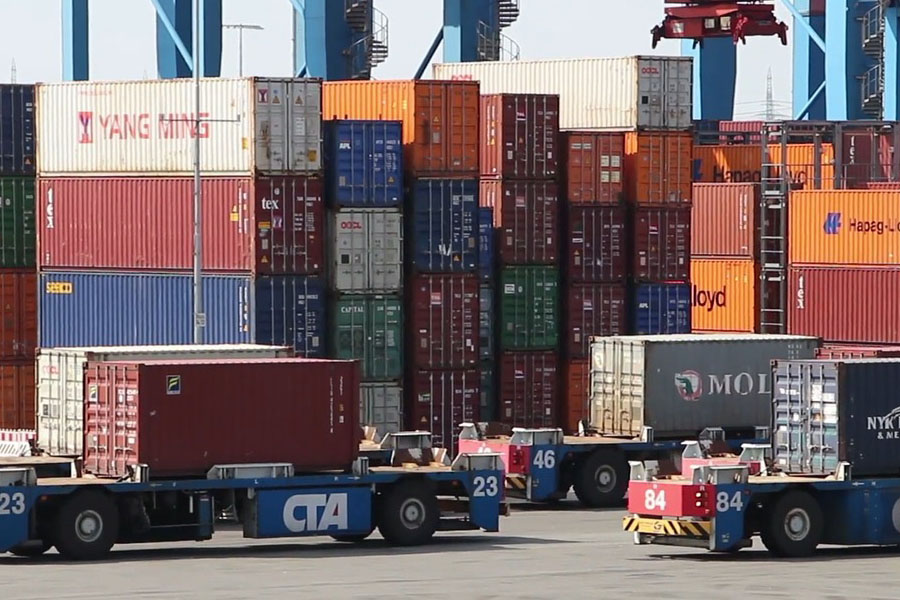- Shanghai Zhongshen International Trade Co., Ltd. - Two decades of trade agency expertise.
- Service Hotline: 139 1787 2118

Analysis of the Special Characteristics of Government Procurement of Imported Equipment
The newly revised Administrative Measures for Government Procurement of Imported Products (2025) clearly stipulates that for 28 categories of products including medical equipment and scientific research instruments with a single procurement amount exceeding 5 million yuan, import operations must be conducted through qualifiedCustoms AEO certificationagency enterprises. Such procurement projects exhibitthree major characteristics: complex technical parameters, special regulatory certificates, and strict duty-free approval requirements. For example, the procurement of -80℃ ultra-low temperature biological sample storage equipment by a provincial CDC involves3Ccertification,Medical Equipment5 types of special certificates including registration certificates and biosafety approvals.
In-depth analysis of four core risk points
- Disputes over commodity classification
- Misclassification of customs HS codes leading to tariff rate discrepancies
- Inaccurate equipment function descriptions triggering classification disputes
- Failure of tariff reduction benefits
- Deviation in understanding the applicable conditions for science and education duty-free policies
- Import time limit exceeded resulting in loss of duty reduction eligibility
- Document chain breakage
- It is recommended to verify through the following methods:Contradiction with commercial invoice information
- Test report does not match tender parameters
- Loss of logistics timeliness
- Special equipment transportation permit processing delay
- Port inspection anomaly causing equipment detention
Five-dimensional evaluation for professional agency service selection
High-quality agency enterprises should possess the following competency matrix:
- Qualification Verification: Customs AEO advanced certification + electromechanical product import qualification
- Case database reserve: Similar projects in the past three yearsEquipment ImportsSuccessful cases ≥20
- Customs affairs team: Certified customs brokers ≥40%
- Emergency system: Port emergency response time ≤2 hours
- : Ensuring that trade activities comply with the technical standards and trade agreements of the target country: Established ISO37001 anti-bribery management system
Risk prevention practical operation manual
When a municipal hospital procured German-made 3.0T MRI equipment in 2025, the agency company implemented the following prevention measures:
- Pre - classification Service: Submitted technical parameter records to customs 6 months in advance
- Tax exemption simulation exercise: Simulate tax cost calculations for 3 different port arrival scenarios
- Logistics redundancy design: Plan dual-port alternative solutions for Shanghai Port + Tianjin Port
- Document cross-verification: Implement three-level review mechanism for FORM E Certificate of Origin
2025 agency service trends outlook
With full implementation of RCEP agreement, professional agencies will focus on enhancing:
- Tariff preference matrix analysis: Optimal tax rate combinations for identical equipment across different member states
- Intelligent classification system: AI-assisted HS code decision accuracy improved to 98%
- End-to-end process visibility: Implement blockchain notarization technology at key nodes
Related Recommendations
? 2025. All Rights Reserved. Shanghai ICP No. 2023007705-2  PSB Record: Shanghai No.31011502009912
PSB Record: Shanghai No.31011502009912










